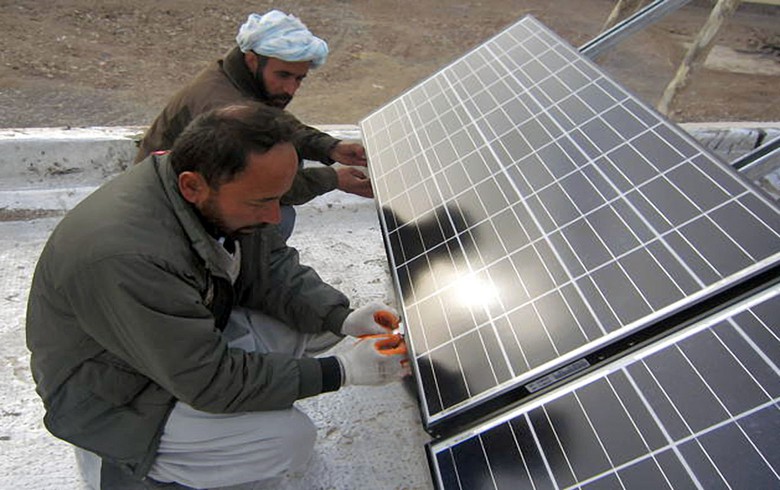Geothermal energy is a renewable energy source with high availability and is not affected by climate and atmospheric conditions. Geothermal energy has been proven to be more suitable for hydrogen production than other renewable energy sources in terms of technology, economy and environment. Hydrogen has a wide range of applications in many fields, including refrigeration, oil, natural gas, petrochemical, nuclear energy, and power industries.
Afghanistan has huge potential in geothermal power generation and various hydrogen-consuming industries, which provide opportunities for geothermal hydrogen production. This research attempts to find a suitable location to build a geothermal power plant for hydrogen production in Afghanistan. In view of the numerous criteria involved in the selection of the location, a multi-criteria decision-making method was used for evaluation and comparison. Nine criteria were used to assess whether Afghanistan’s 17 provinces are suitable for geothermal hydrogen production. The SWARA (Scaled Weight Assessment Ratio Analysis) method is used to weight the criteria, and then the ARAS (Additive Ratio Assessment) method is used to rank the provinces.
The results are verified. The results show that Sari pul, Balkh and Herat are the most suitable provinces for Afghanistan, while Zabul, Ghor and Kandahar are the least suitable for geothermal hydrogen production in Afghanistan. The rankings generated by these three methods are almost the same, with only minor differences in the overall rankings for some provinces.
- Studying the feasibility of geothermal hydrogen production in Afghanistan.
- There are signs of good geothermal potential in the 17 provinces of Afghanistan.
- Uses a multi-criteria decision method (MCDM).
- SWARA method is used for weighting standard, ARAS is used for classification.
- The results show that Saripur, Balkh and Herat are the most suitable provinces.

